Flatbed trailers, renowned for their versatility in transportation, frequently serve as the backbone of industries ranging from construction to logistics. In California, the regulations surrounding flatbed trailers, particularly regarding licenses, can often be a source of confusion for operators and owners. This article delves into the requirements and regulations pertinent to flatbed trailer operation, ensuring that you are equipped with the vital information to safely and legally navigate these roads.
Understanding the Basics of Flatbed Trailers
What is a Flatbed Trailer?
A flatbed trailer is a versatile type of trailer with an open top and no sides or roof, allowing for the easy loading and unloading of goods. This design is ideal for transporting oversized or heavy loads that may not fit in enclosed trailers. Materials commonly transported via flatbed trailers include construction supplies, machinery, and vehicles.
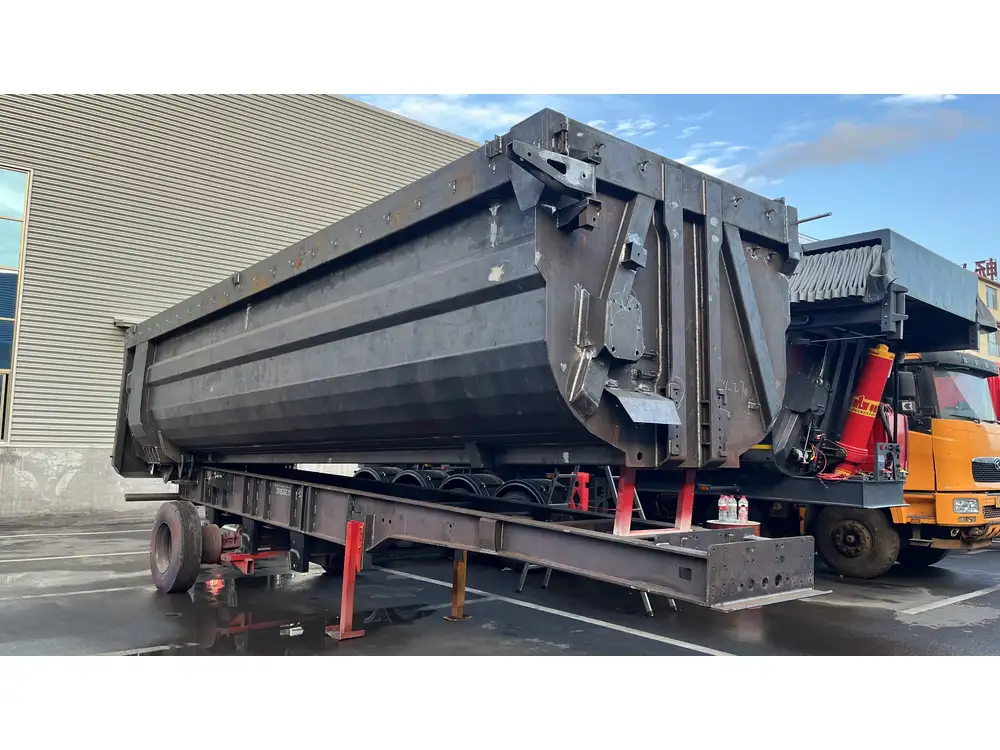
Types of Flatbed Trailers
- Standard Flatbed Trailers: Typically 48 to 53 feet long, designed for transporting a variety of materials.
- Lowboy Trailers: Utilize a lower deck height to accommodate tall loads, such as construction equipment.
- Step Deck Trailers: Feature a lower platform, making it suitable for loads with height restrictions.
- Double Drop Trailers: Incorporate two drops in the trailer’s deck for better height clearance.
Licensing Requirements for Operating Flatbed Trailers in California
Commercial Driver’s License (CDL) Overview
To operate any vehicle that requires a special license, understanding the different classes of Commercial Driver’s Licenses (CDLs) is critical. In California, three primary classes exist:
- Class A: Required for drivers operating a combination of vehicles with a gross combination weight of 26,001 pounds or more, including towing vehicles over 10,000 pounds.
- Class B: Necessary for driving a single vehicle with a gross vehicle weight rating (GVWR) of 26,001 pounds or more.
- Class C: Typically for smaller vehicles or specialized vehicles that do not meet the weight criteria of Classes A and B.
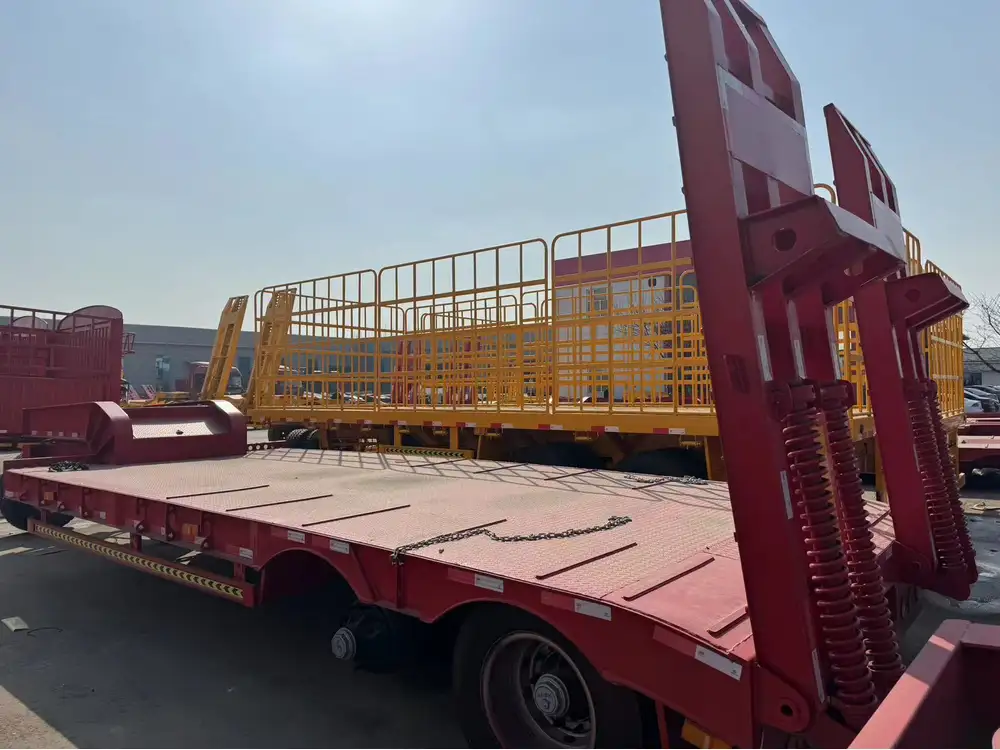
Do You Need a CDL for a Flatbed Trailer?
When determining if a CDL is necessary for a flatbed trailer, consider the following:
- Gross Vehicle Weight Rating (GVWR): If the combined weight of your truck and trailer exceeds 26,001 pounds, a Class A CDL is required.
- Towing Capacity: If your flatbed trailer’s weight alone exceeds 10,000 pounds and you are using a combination vehicle, a Class A license is essential.
- Business vs. Personal Use: Commercial haulers must possess the appropriate CDL to comply with federal and state regulations, while personal users might not require a license if the weight does not exceed specified limits.
Special Permits for Transporting Oversized Loads
In cases where flatbed trailers transport oversized loads, additional permits may be necessary. Oversized permits are issued by the California Department of Transportation (Caltrans) and are crucial for legal operation on state highways and roads.
Exceptions and Special Cases
Certain exceptions might apply, allowing individuals to operate without a CDL:
- Farmers: Owners using flatbed trailers primarily for agricultural purposes may qualify for exemptions.
- Occasional Transporters: Individuals who occasionally transport goods for personal use may not require a CDL, but they should ensure they do not exceed weight limits.
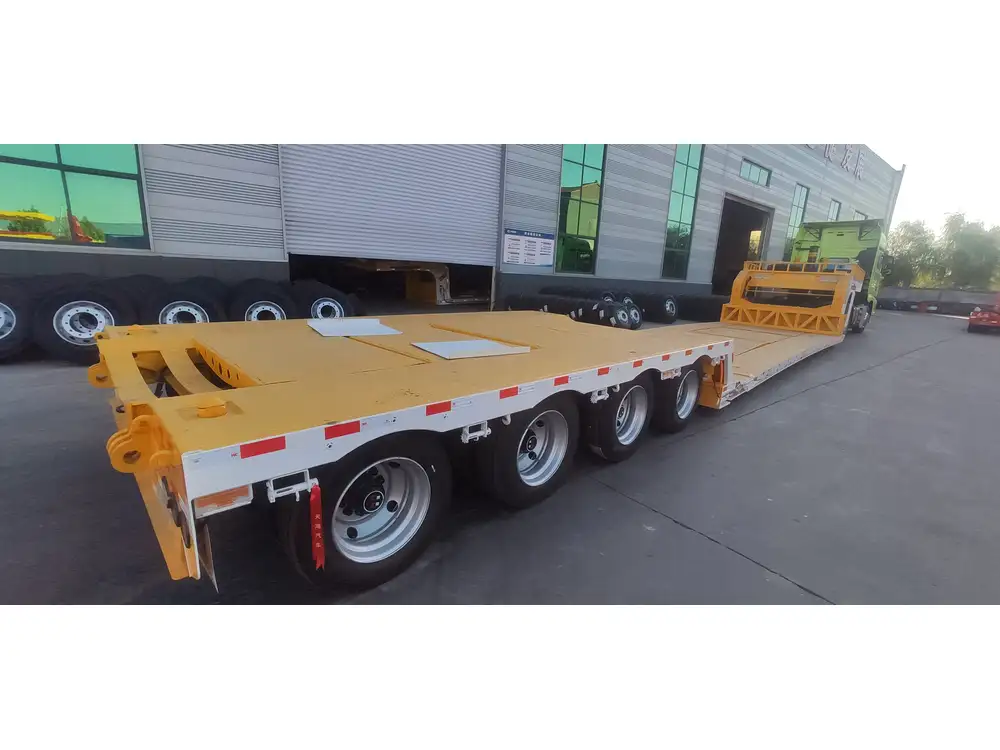
Registering Your Flatbed Trailer
Regardless of whether a CDL is required, all flatbed trailers must be registered with the California Department of Motor Vehicles (DMV). This process involves:
- Obtaining a Vehicle Identification Number (VIN)
- Filling Out the Necessary Application Forms
- Paying Registration Fees
- Providing Proof of Insurance: Liability insurance is mandatory for all registered vehicles.
Insurance Requirements for Flatbed Trailers
Types of Insurance
- Liability Insurance: Mandatory for all trailers, protecting against damages caused to other parties in accidents.
- Cargo Insurance: Essential for businesses to cover potential losses or damages to goods being transported.
- Physical Damage Insurance: Protects the trailer itself against damages from accidents, theft, or vandalism.

Minimum Insurance Requirements in California
The minimum liability coverage required in California is $15,000 for injury or death per person, $30,000 for injury or death per accident, and $5,000 for property damage. However, operators of larger vehicles, including flatbed trailers, might be mandated to carry higher coverage limits.
Navigating California’s Roadways with Your Flatbed Trailer
Weight Restrictions and Regulations
California has strict weight restrictions that trailer operators must adhere to. The legal limit for a flatbed trailer varies based on the number of axles and configuration.
| Type of Vehicle | Max Weight (lbs) |
|---|---|
| Single Axle (2 axles) | 20,000 |
| Tandem Axle (3 axles) | 34,000 |
| Tridem Axle (4 axles) | 42,000 |

HAZMAT Regulations for Flatbed Trailers
If you plan on transporting hazardous materials with your flatbed trailer, additional licensing and regulations apply. Specialized training and adherence to specific loading, unloading, and packaging protocols are crucial to ensure safety and compliance with federal and state guidelines.
Safety Guidelines for Operating Flatbed Trailers
General Safety Tips
- Load Securement: Properly securing loads is critical to prevent shifting during transit. Utilize straps, chains, or tarps as necessary.
- Inspection Before Journey: Conduct a thorough inspection of the trailer and hauling vehicle before departure, including checking brakes, lights, and tires.
- Use of Safety Equipment: Employ wheel chocks, flags, and reflective signs for added visibility and safety during loading and unloading.
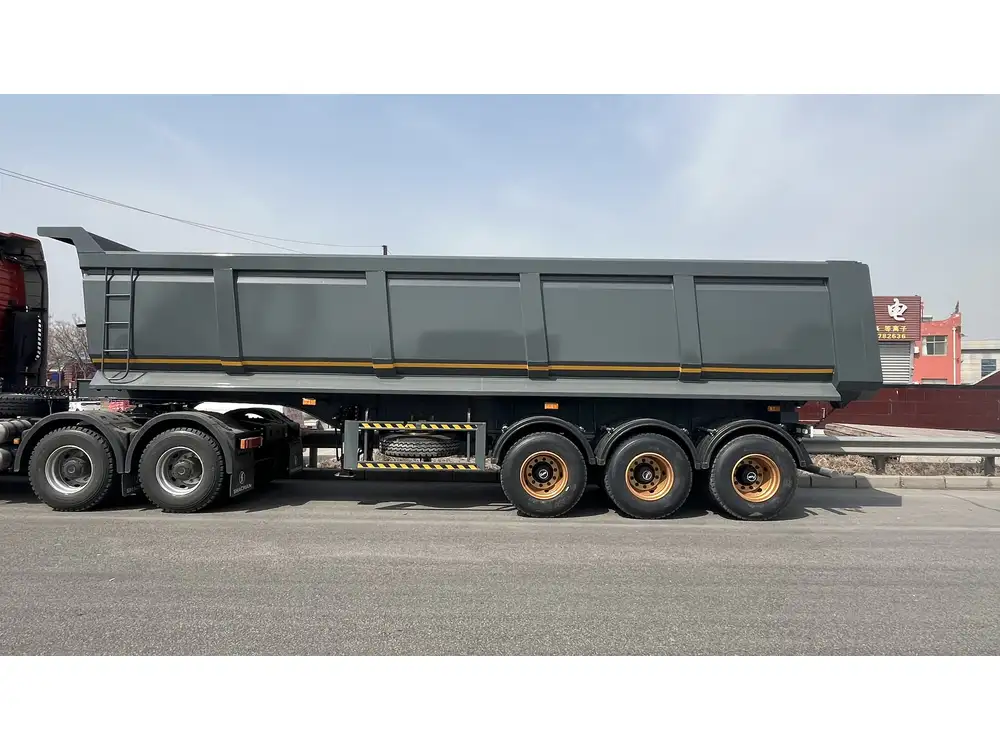
Training and Certification
Investing in training courses for operators can enhance knowledge on flatbed operations, load securement, and legal compliance, fostering both safety on the road and adherence to regulations.
Common Misconceptions About Flatbed Trailers
Dispelling Myths
Myth: All flatbed trailers require a CDL.
Fact: Only those exceeding weight thresholds need a CDL.Myth: Insurance isn’t necessary if transporting personal goods.
Fact: Insurance is always advisable to protect against unforeseen accidents or incidents.Myth: Flatbed trailers are not subject to state regulations.
Fact: All trailers must comply with state laws concerning weight limits, registration, and safety standards.
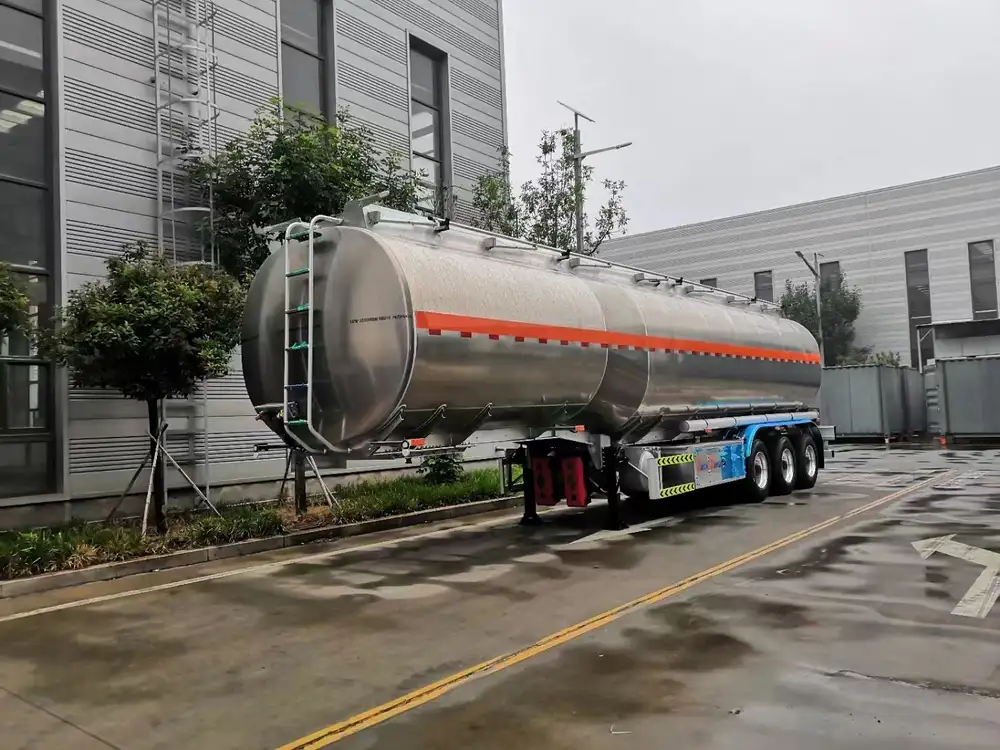
Conclusion
Understanding the legal landscape surrounding flatbed trailers in California is crucial for all operators, whether they are business owners or private users. Licensing requirements, insurance regulations, and safety protocols play a pivotal role in ensuring legal compliance and safe operation. By staying informed and adhering to established guidelines, flatbed trailer operators can navigate California’s roads efficiently and responsibly.
Additional Resources
For more information on flatbed trailer licensing, permits, and regulations in California, please consider the following resources:
- California Department of Motor Vehicles: DMV Website
- California Highway Patrol: CHP Website
- California Department of Transportation: Caltrans Website
By being well-equipped with the right knowledge, we can avoid potential pitfalls and navigate the world of flatbed trailers confidently and legally.



